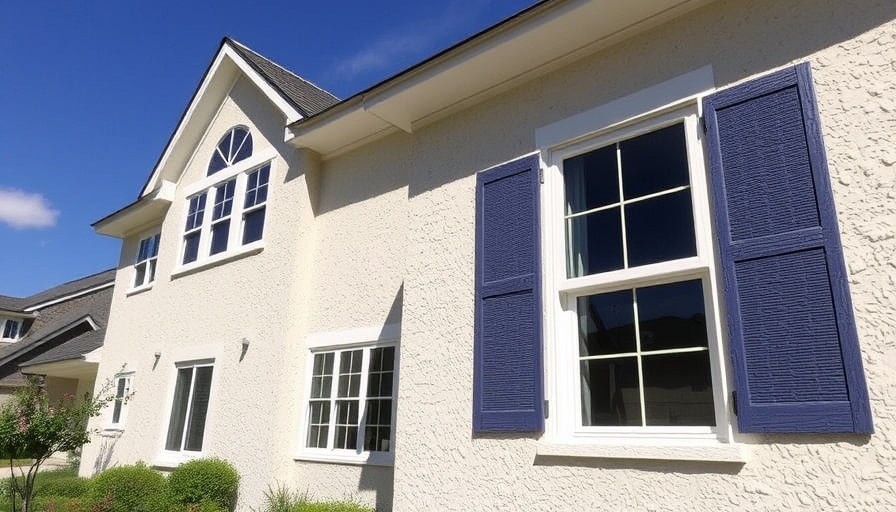
Understanding the Liberal Housing Plan: A Pathway to Sustainable Solutions
Canada is in the throes of a significant housing crisis, leading to desperate calls for systemic change in its construction industry. The Liberal government's new housing plan, led by Mark Carney, presents a multifaceted approach aimed at bridging the gap in affordable housing availability. While the program heralds opportunities, it simultaneously raises several questions about execution and scalability within the current infrastructure.
A Closer Look at What the Plan Entails
Central to the Liberal Housing Plan is a commitment to enhance affordable housing across the nation. By fostering collaborations between private builders and government initiatives, the strategy proposes to significantly increase the number of available dwellings—targeting low to moderate-income households. A key project contributing to this vision is the Sen̓áḵw project in Vancouver, which serves as a vibrant model showcasing sustainable and densely packed living arrangements. Through innovative construction techniques, the project reflects the dual need for community-centric spaces and greener initiatives.
Opportunities for Ecological and Economic Impact
The conjunction of sustainability with housing means that there is potential for the construction industry to not only economically benefit from new projects but also to pivot towards greener construction practices. The proliferation of prefab and modular construction techniques promises to streamline the building process, minimize waste, and reduce carbon footprints. With burgeoning technology in eco-friendly materials, projects aligning with the Liberal housing objectives can set precedents that ripple across the industry, promoting a sustainable ethos. The narrative encourages builders to consider more than just profit margins; they must integrate sustainable practices that could redefine residential architecture.
Challenges Facing the Construction Sector
As robust as the Liberal housing plan appears, it is fraught with challenges that could hinder its effectiveness. The construction industry faces high costs in materials and labor, largely exacerbated by recent supply chain disruptions. This makes the goal of affordability on new housing developments particularly daunting. Furthermore, the bureaucratic complexity involved in coordinating between all stakeholders—government, builders, and communities—can slow down progress. Ensuring policies foster agility and are conducive to quick adaptation remains a crucial hurdle for effective implementation.
Community Engagement and Contribution
For the successful realization of the Liberal housing plan, it's critical to instill a sense of community engagement in the process. Homeowners in areas like London should be encouraged to contribute insights and voice their preferences regarding what constitutes affordable housing. With diverse population needs, tailoring construction projects to reflect community values can improve acceptance and lead to more effective solutions.
Future Insights: Predictions and Opportunities
Looking ahead, Canada’s construction industry is poised for transformation. The growing focus on sustainable construction techniques will spur innovation and open doors for emerging technologies such as 3D printing in homebuilding. Moreover, as demographic trends shift toward urbanization, the demand for dense, efficient living spaces will only increase. The push for ecological sustainability may lead to governmental incentives and further investment in green technologies, reinforcing the symbiosis between environmental responsibility and market demand.
Practical Steps for Homeowners
For homeowners situated in London and beyond, understanding the evolving landscape of housing initiatives is paramount. By staying informed about community planning meetings and engaging with local councils, residents can advocate for their housing needs effectively. Homeowners looking to improve their living situations should also consider opportunities presented by the Liberal housing plan, including potential grants or loan systems touted to facilitate eco-friendly renovations.
Conclusion: A Call for Active Participation
The urgency of Canada’s housing crisis necessitates an active, informed community ready to engage with new policies and advocate for sustainable solutions. Homeowners should take part in discussions surrounding the Liberal housing plan, leveraging their voices to shape a construction future that values both environmental integrity and community needs. By doing so, they can ensure that the opportunities presented by this plan translate into tangible improvements in their communities.
 Add Row
Add Row  Add
Add 




Write A Comment